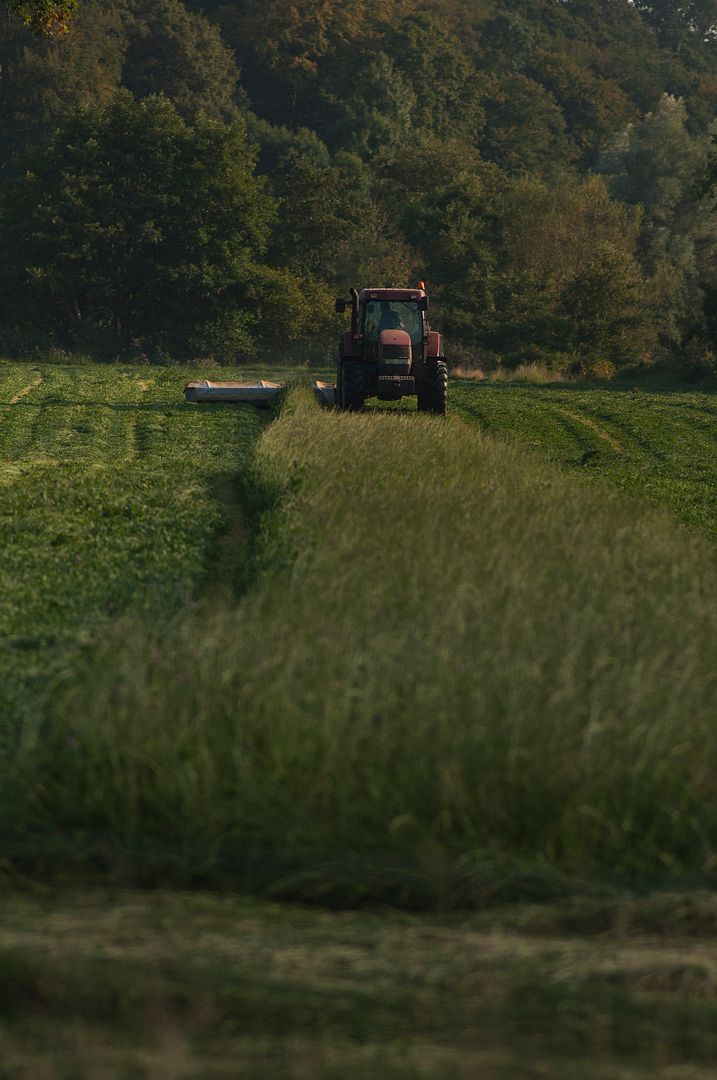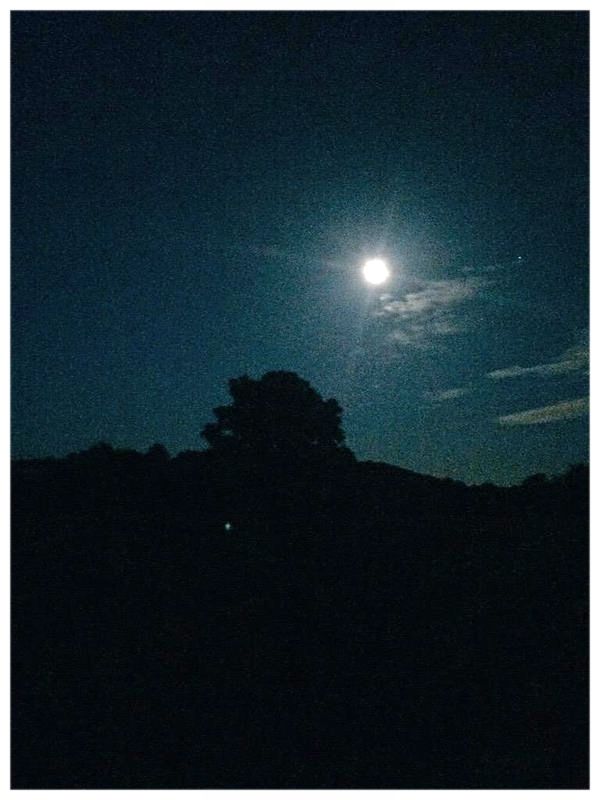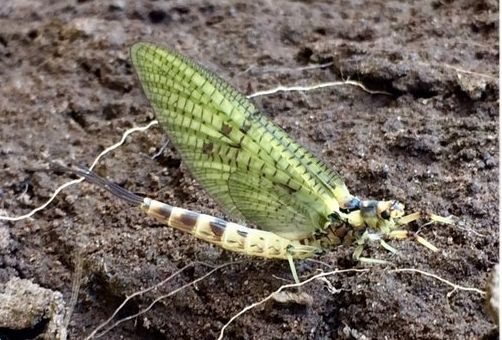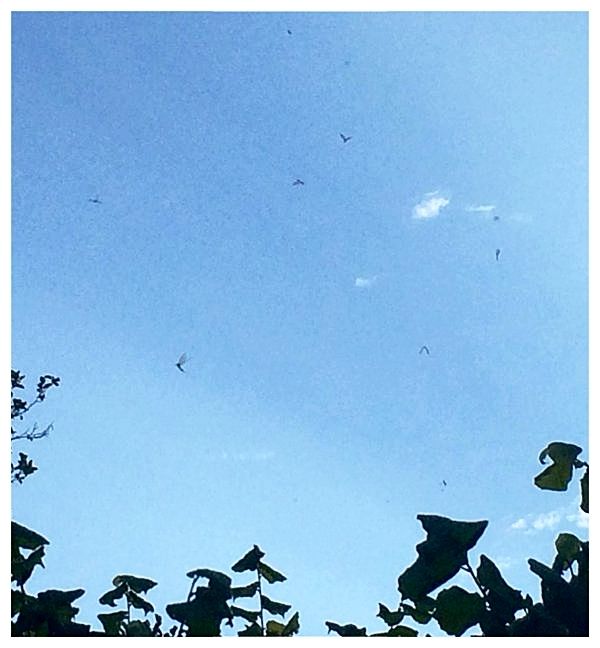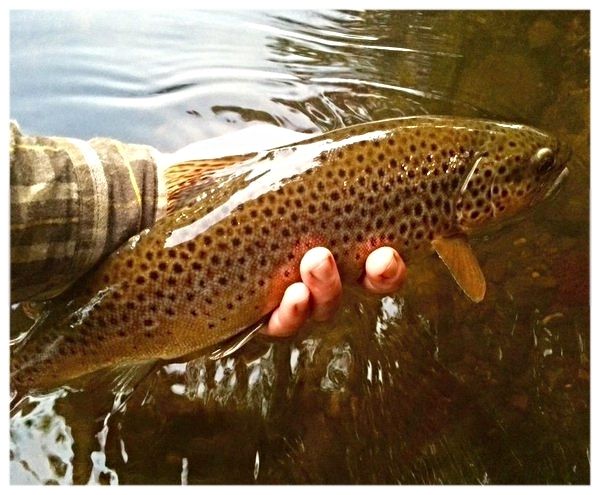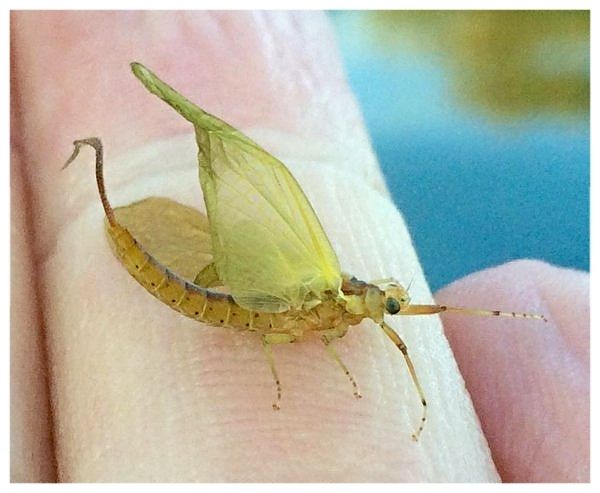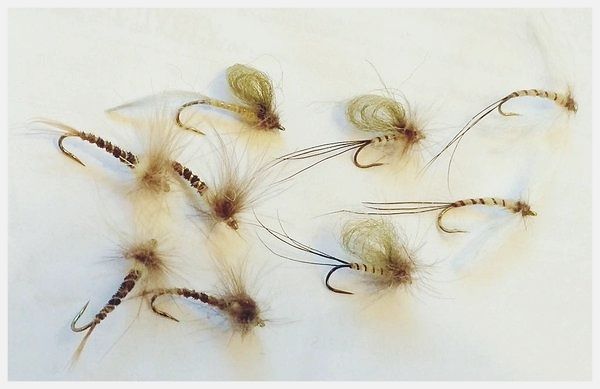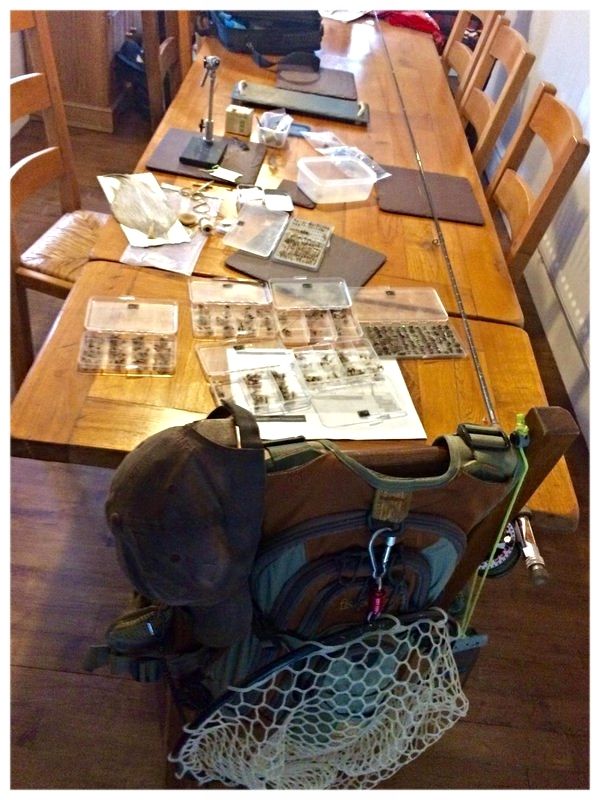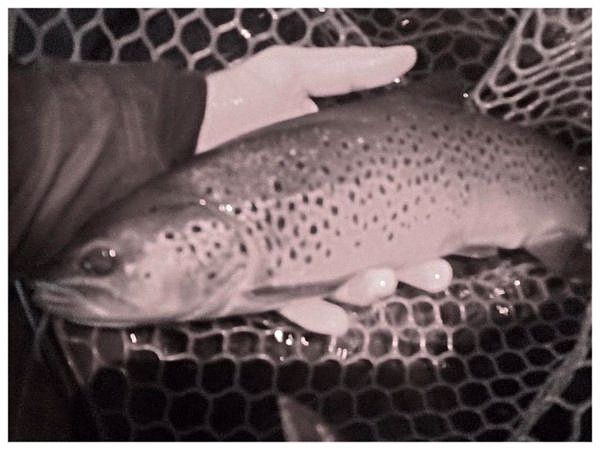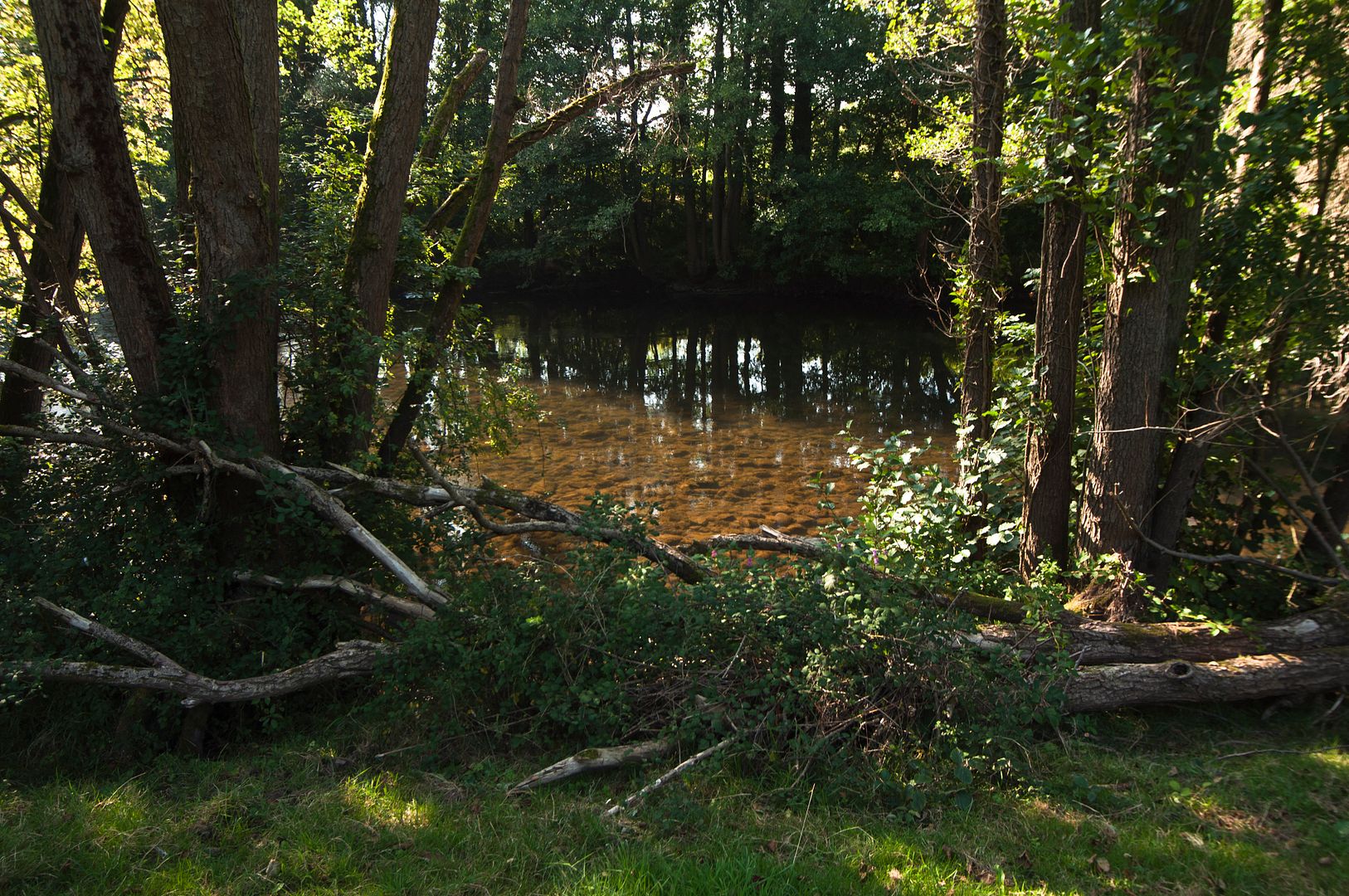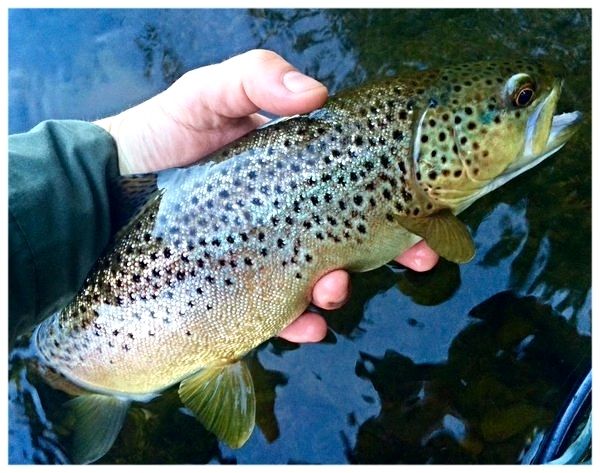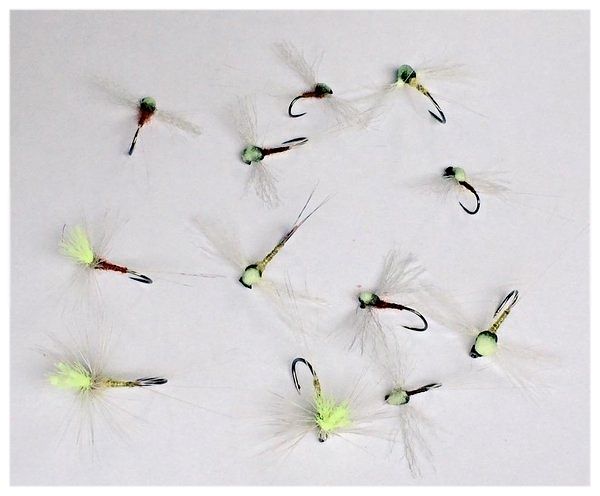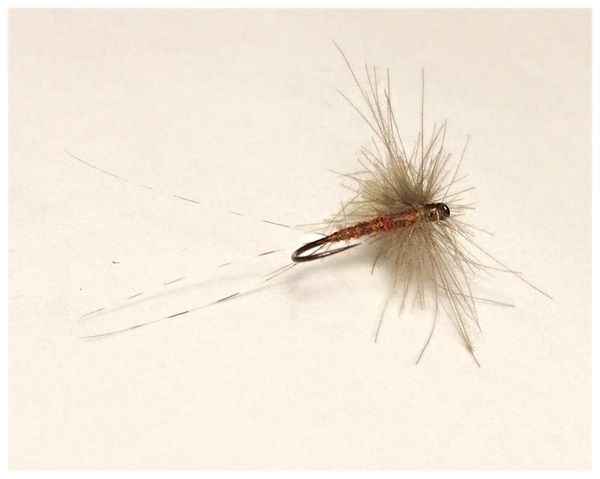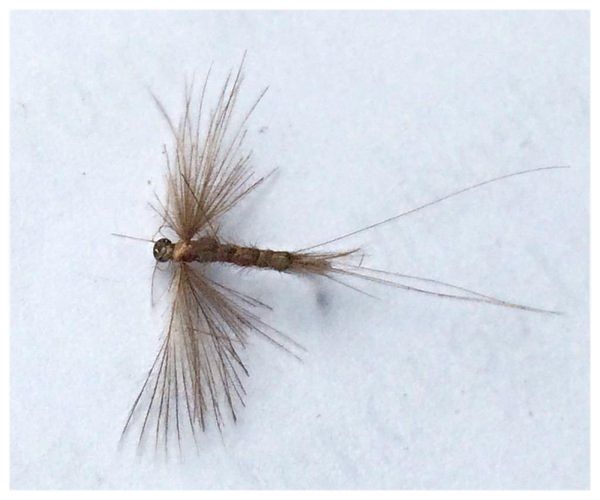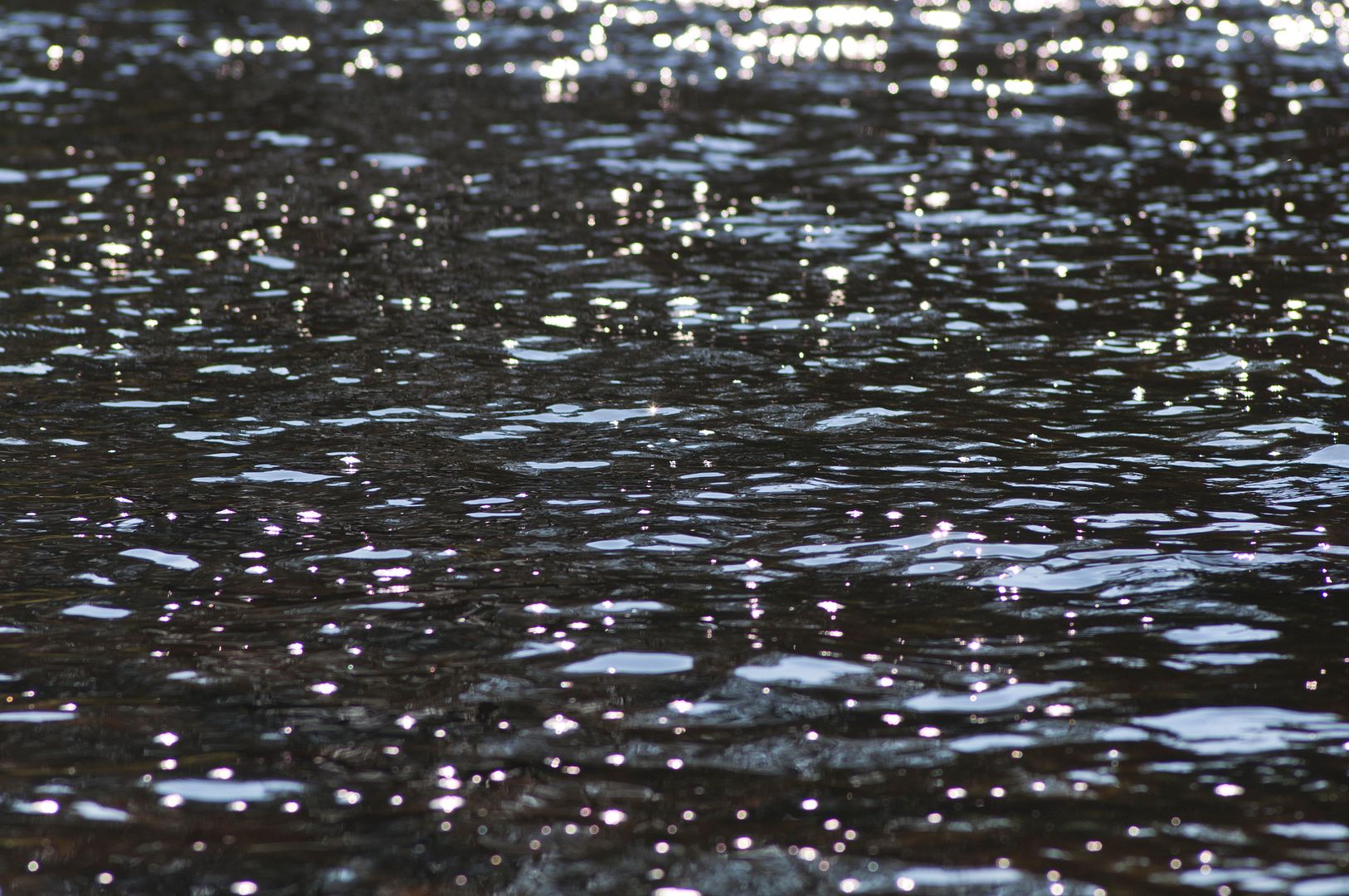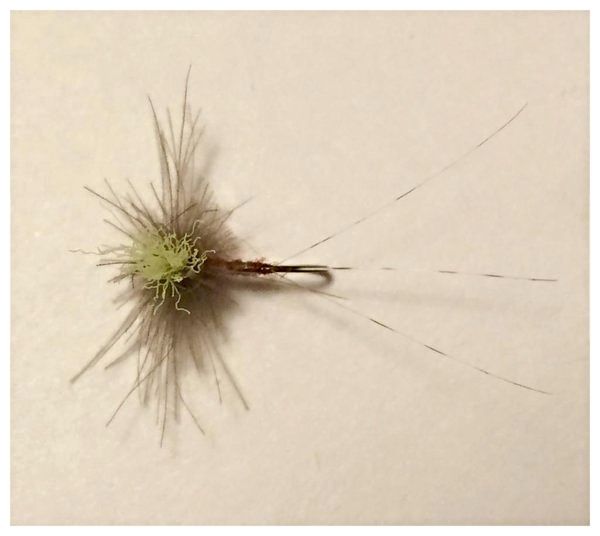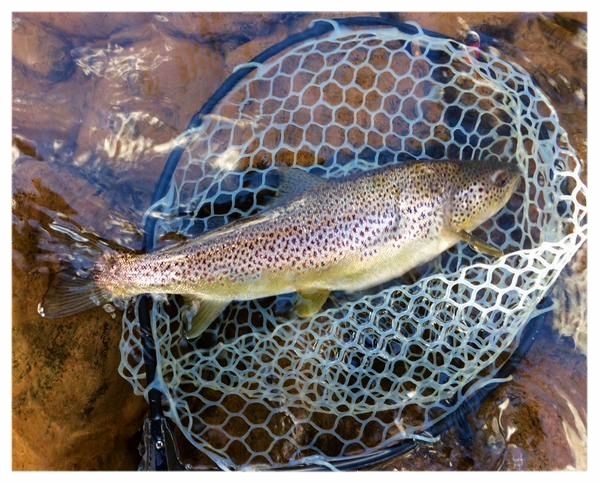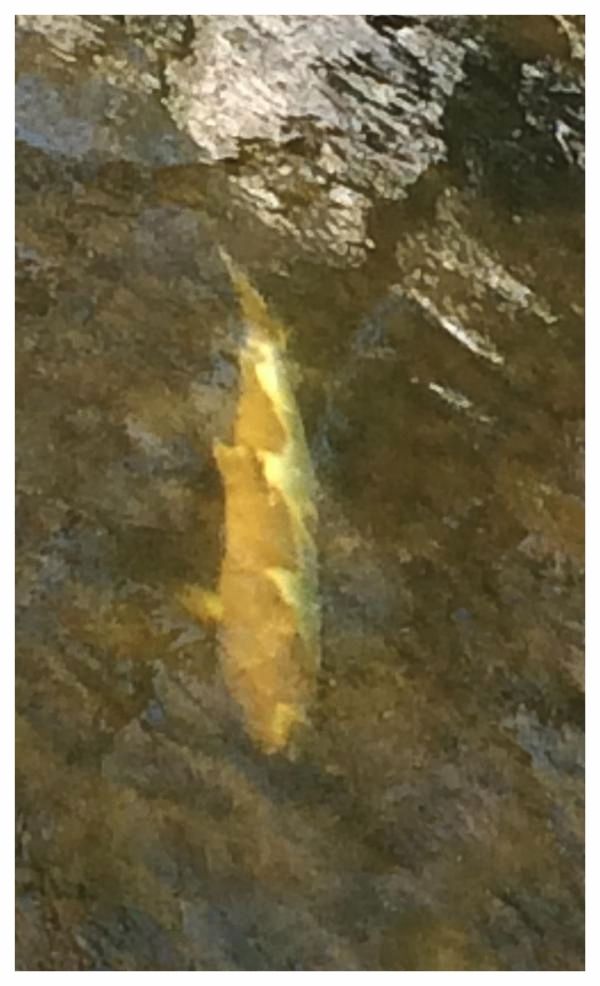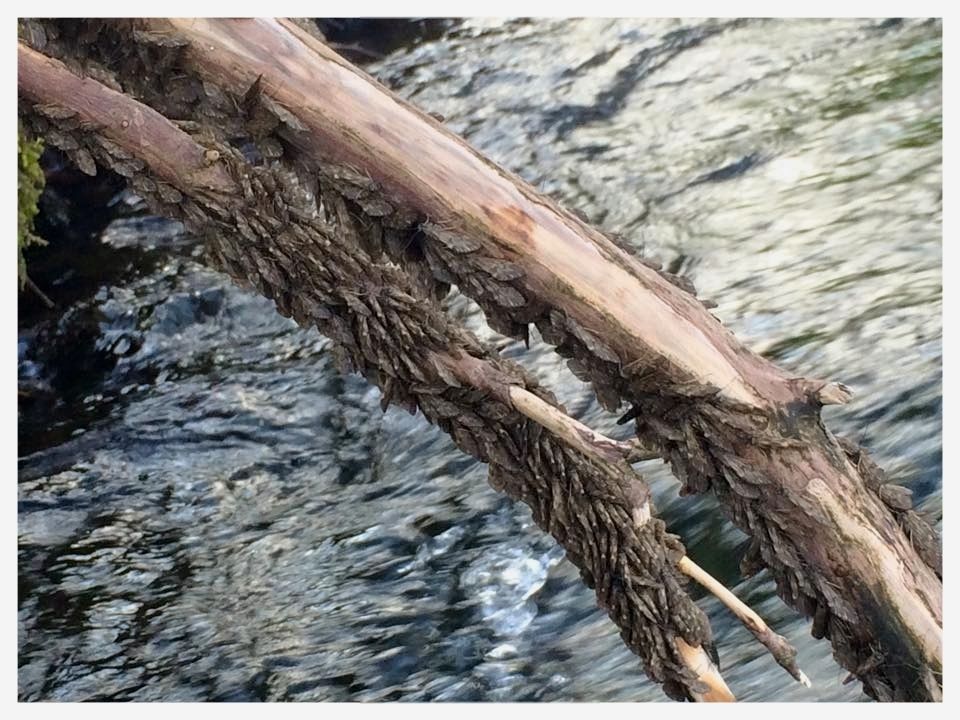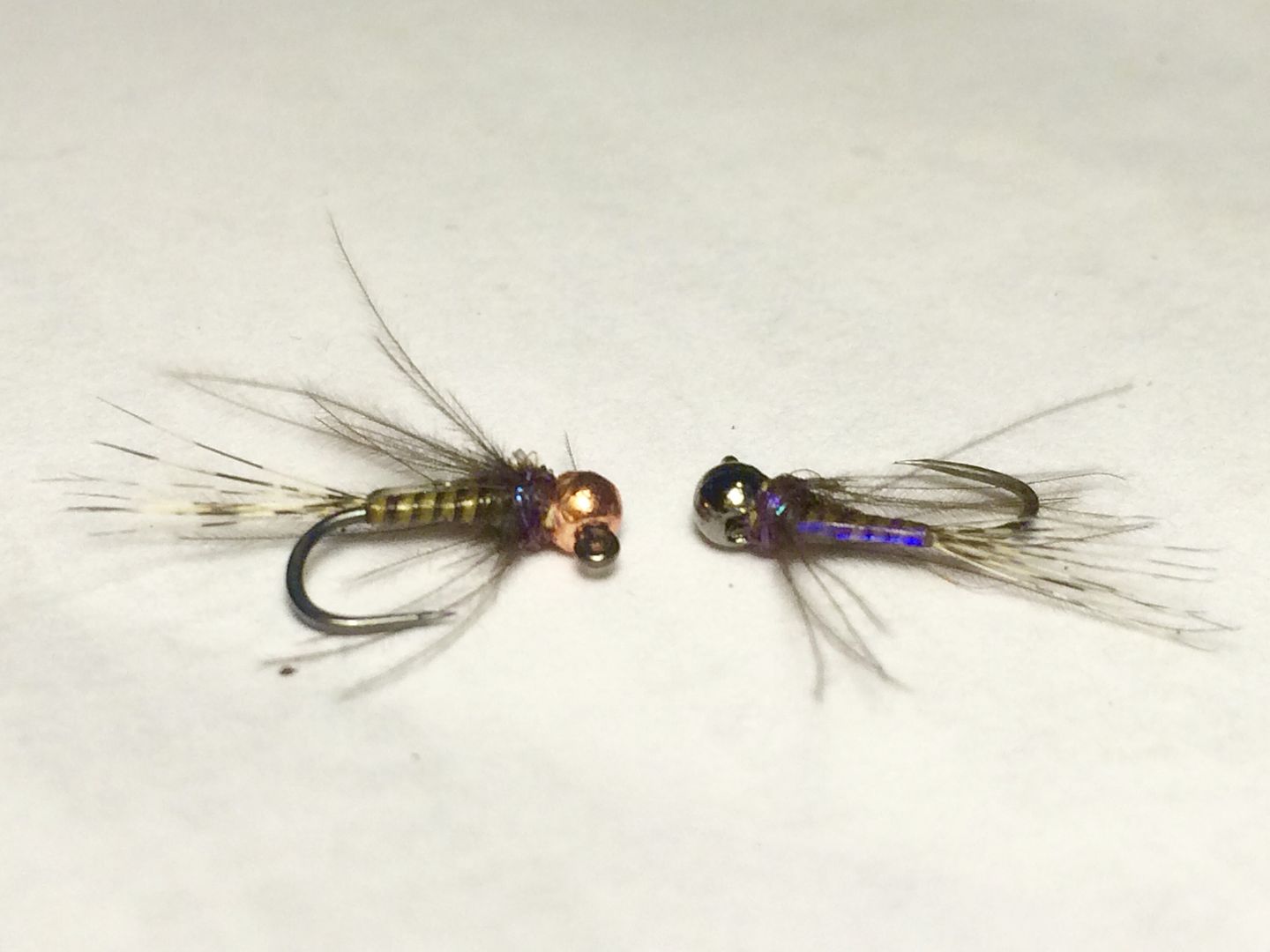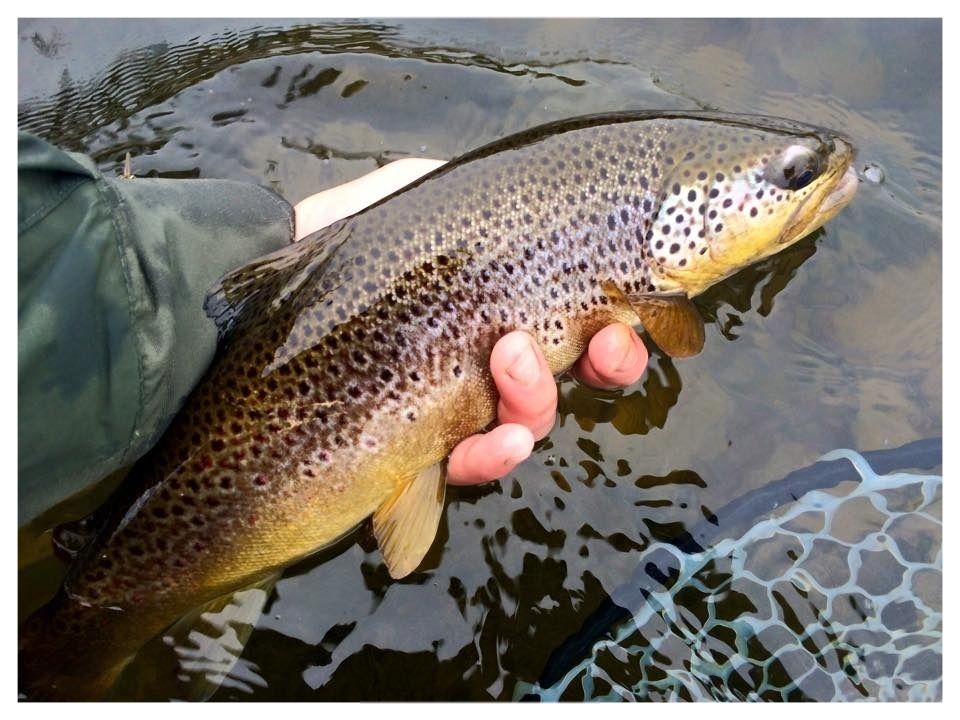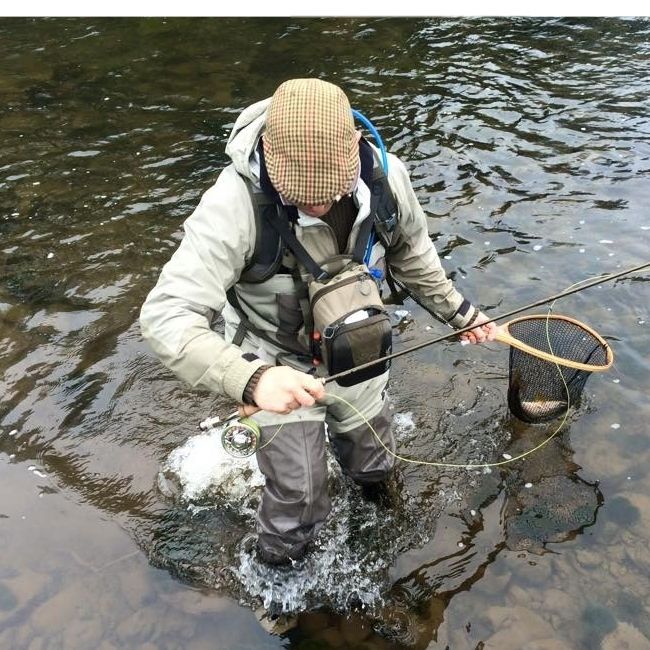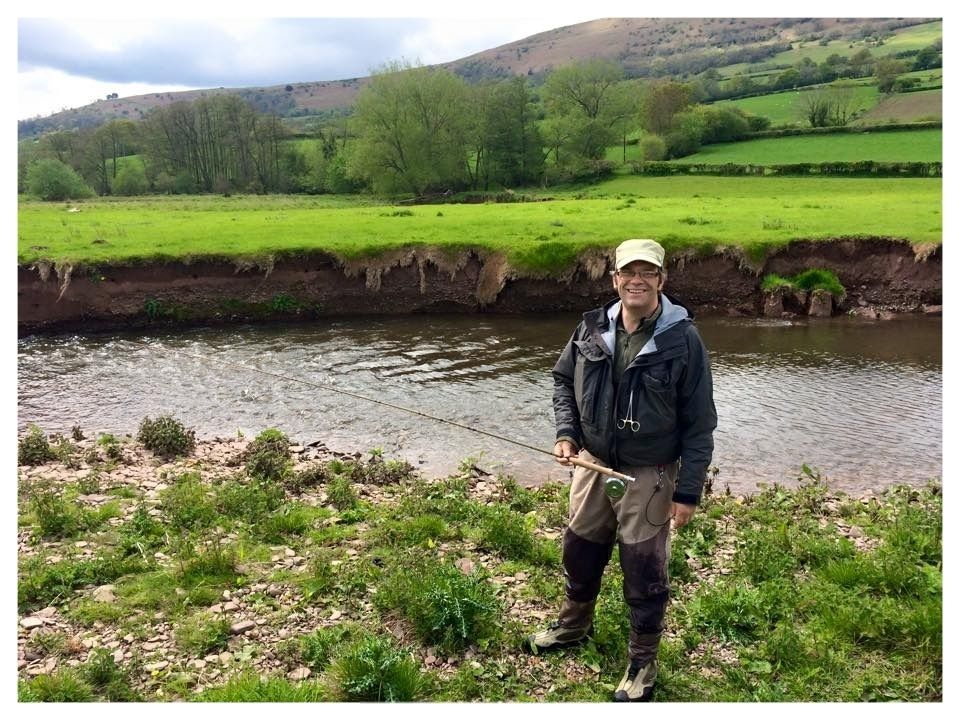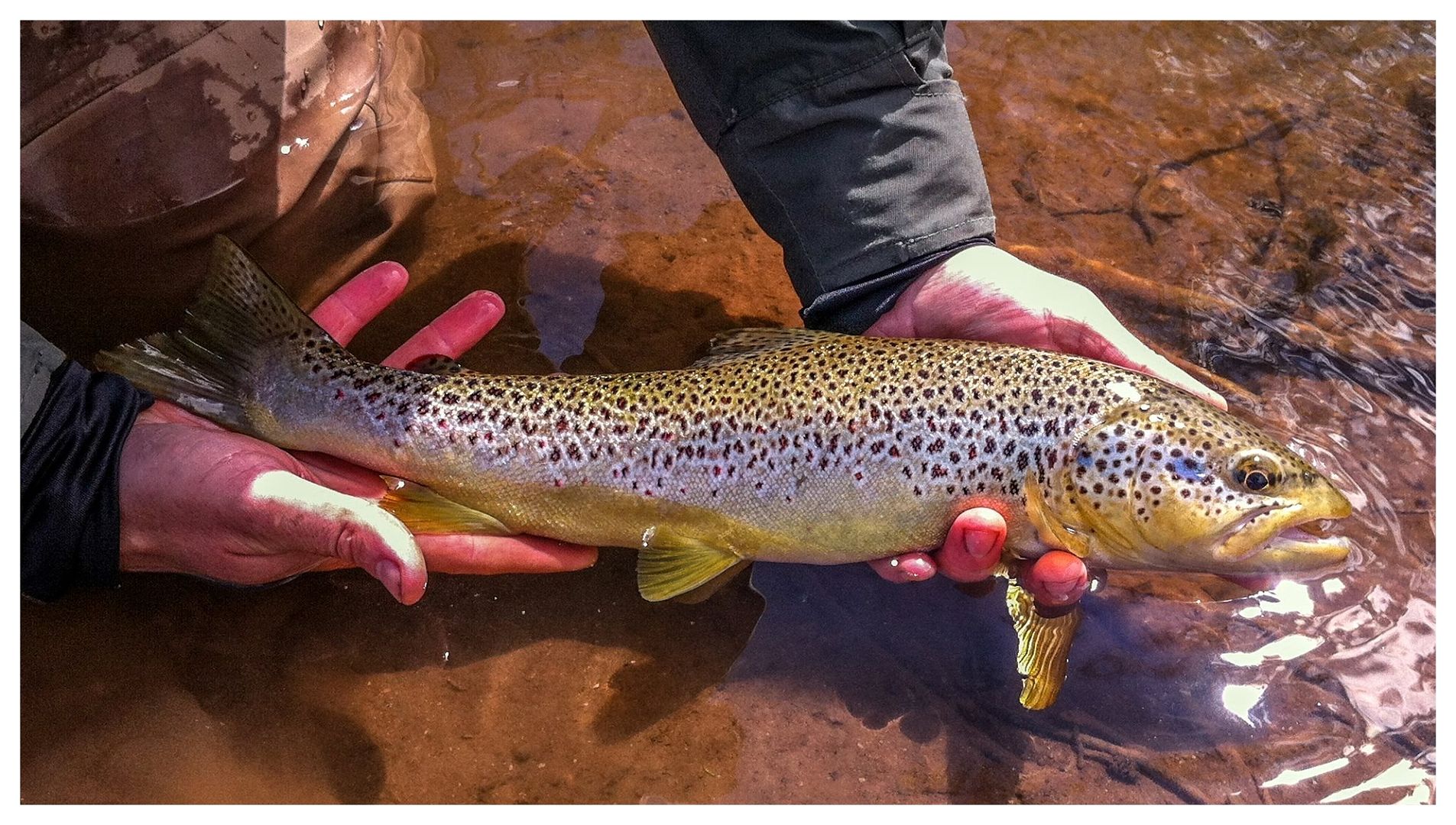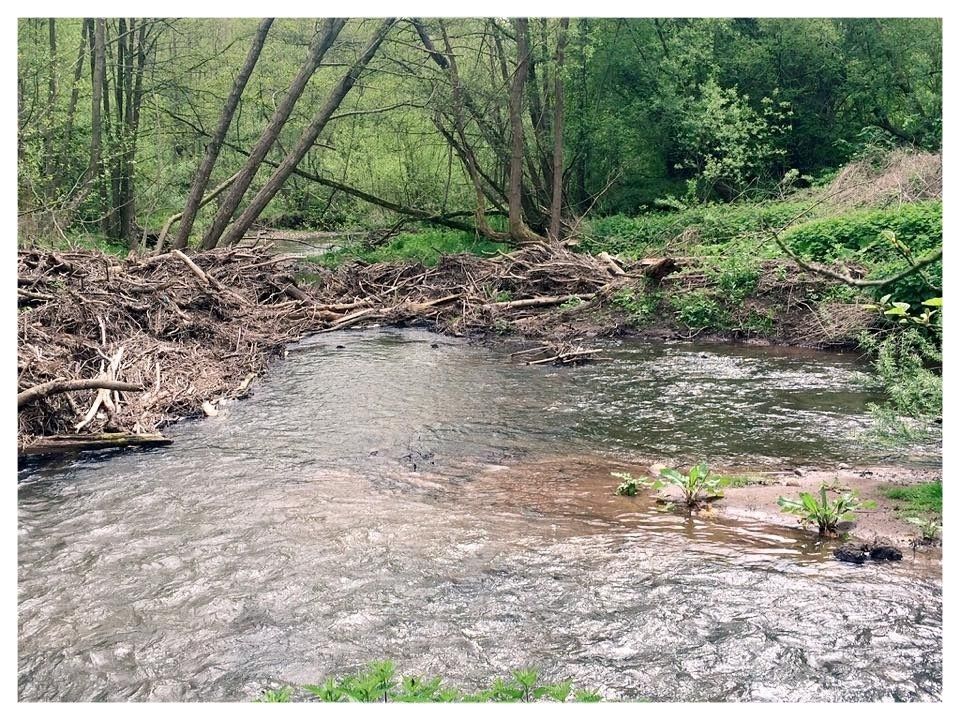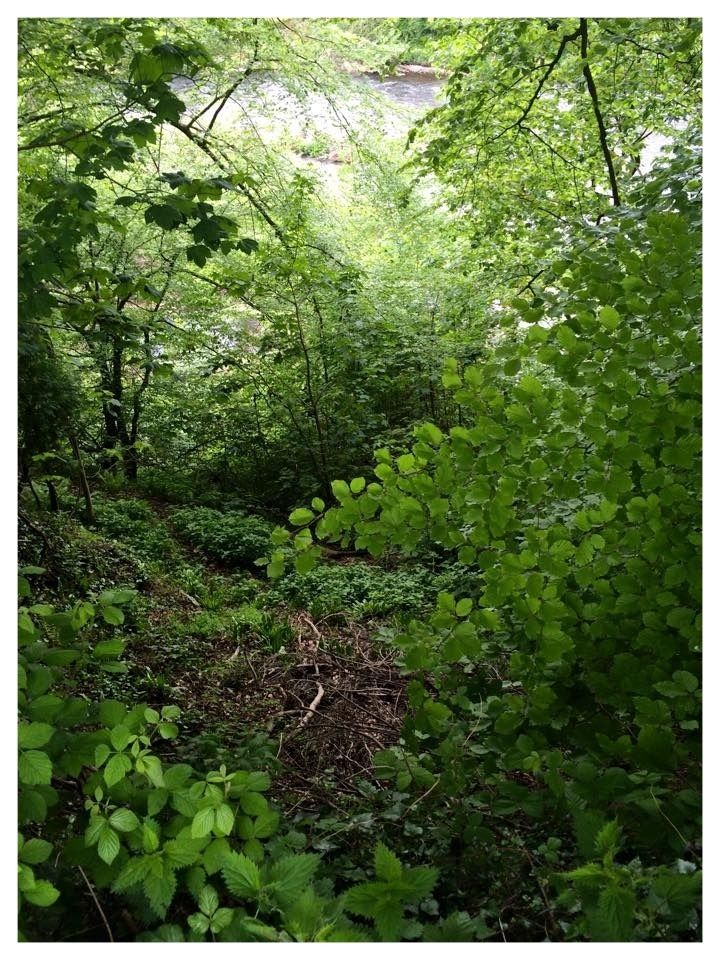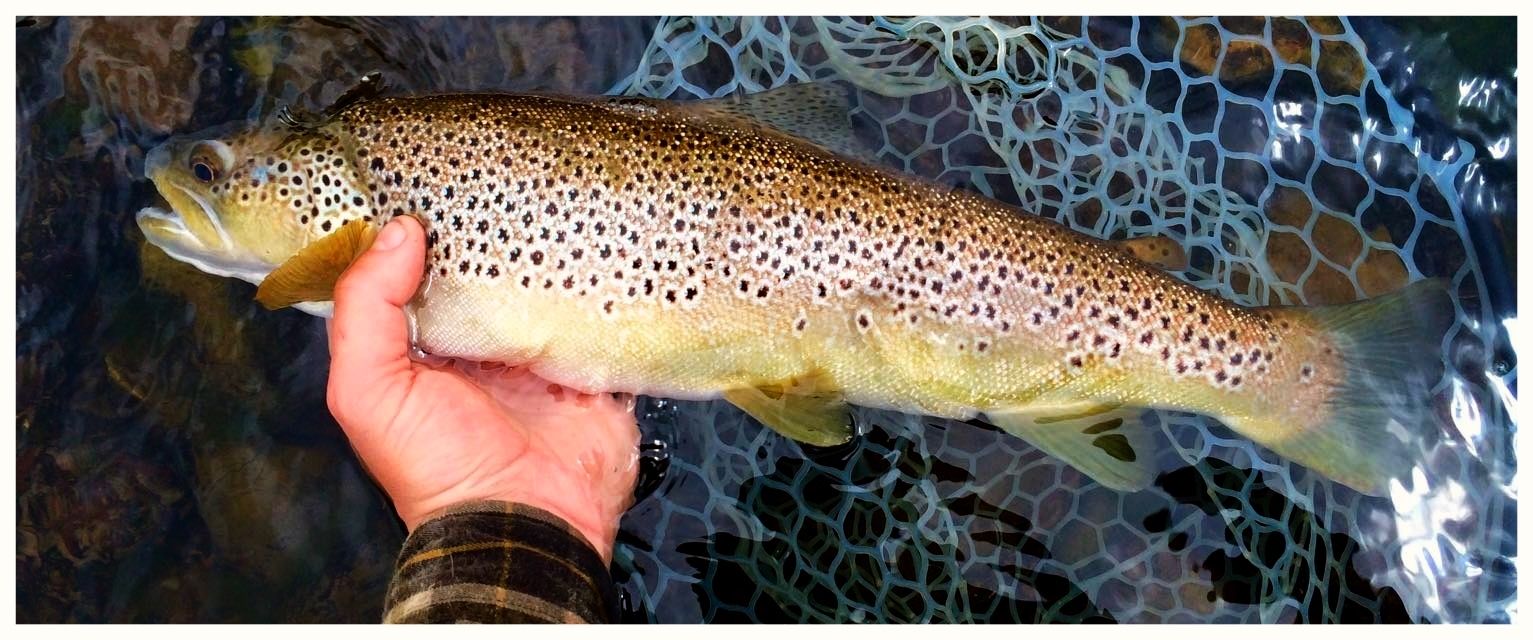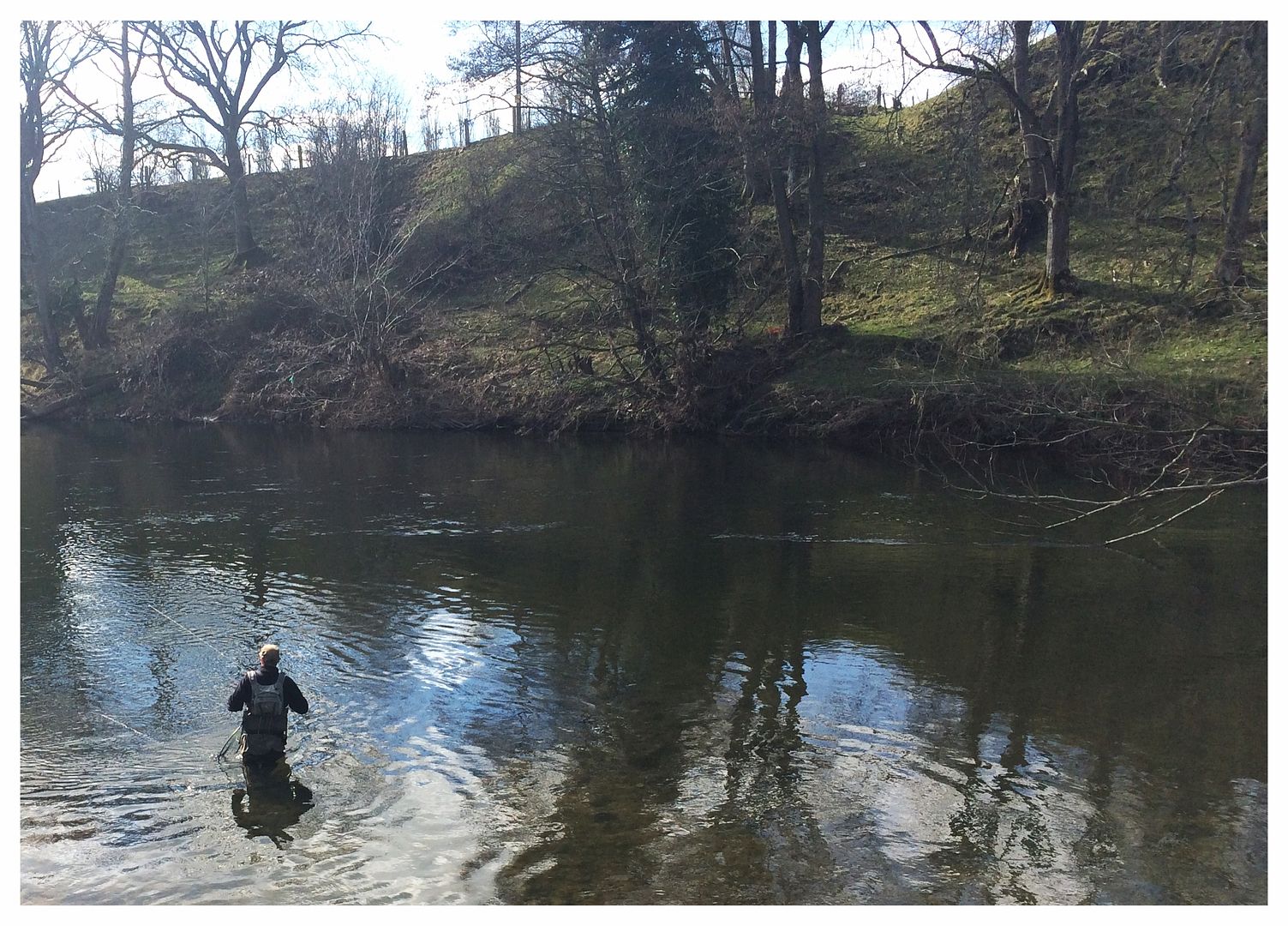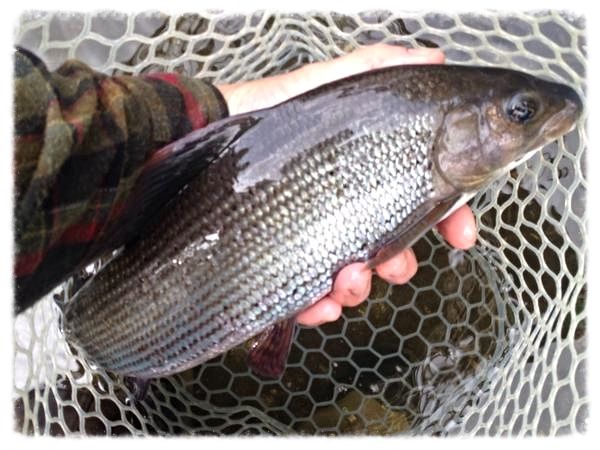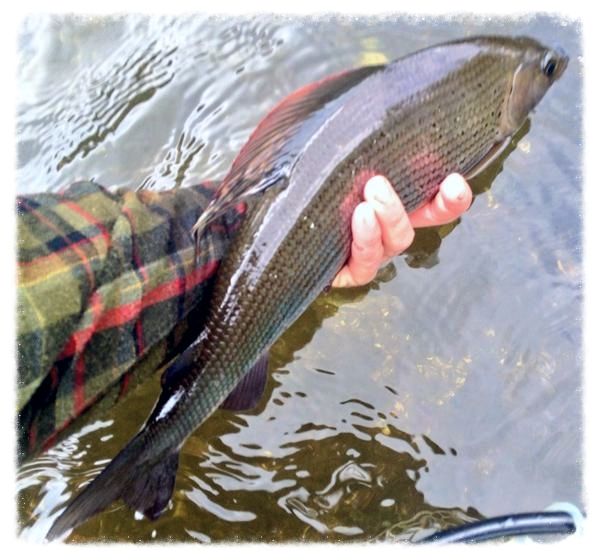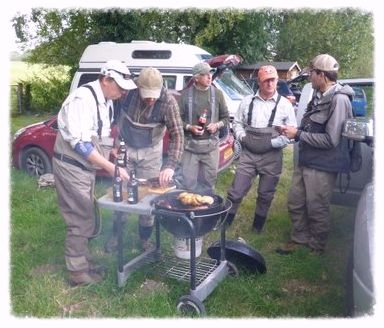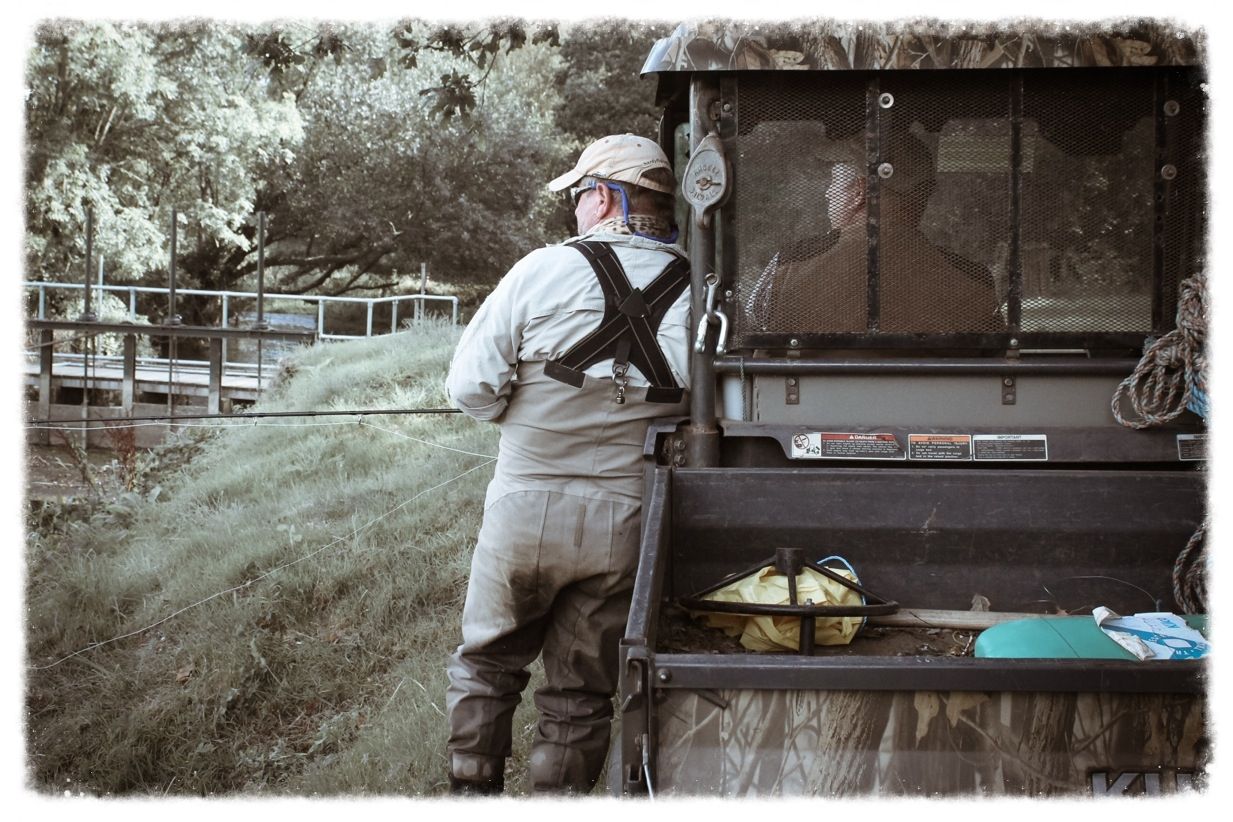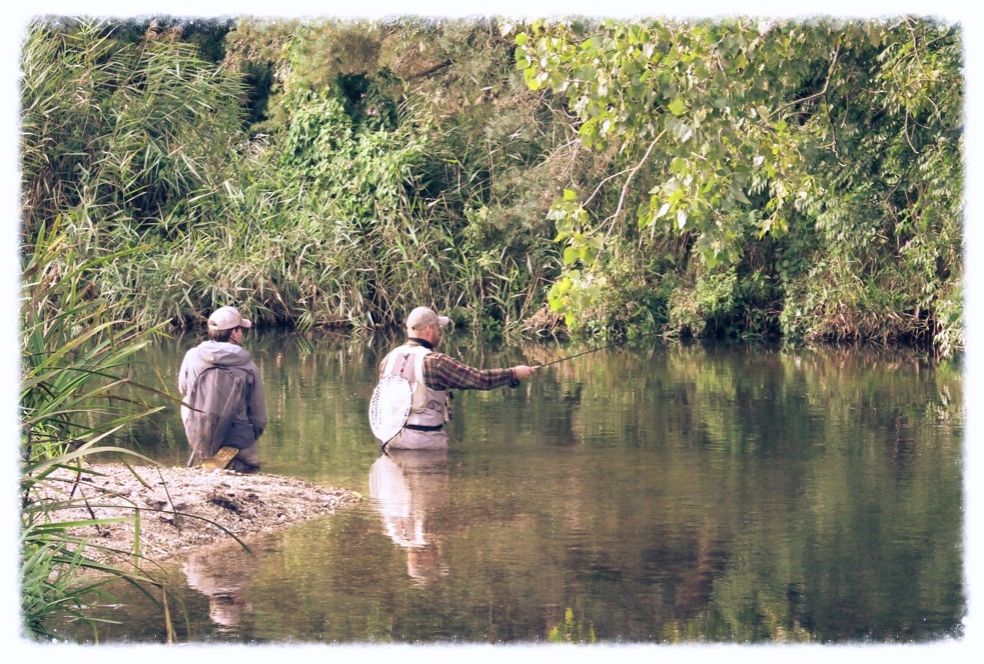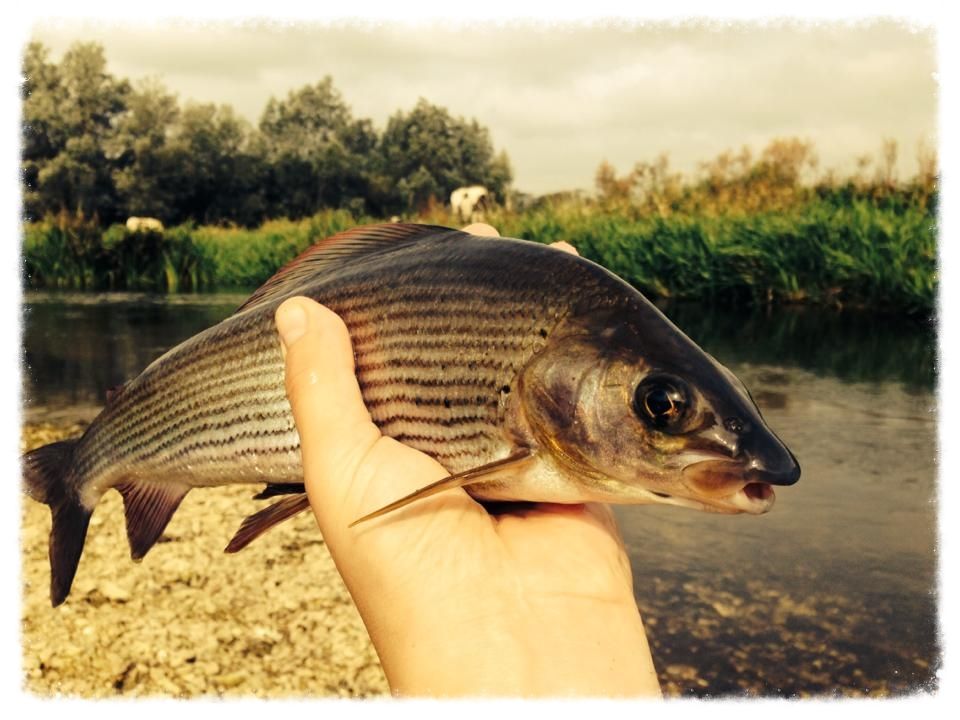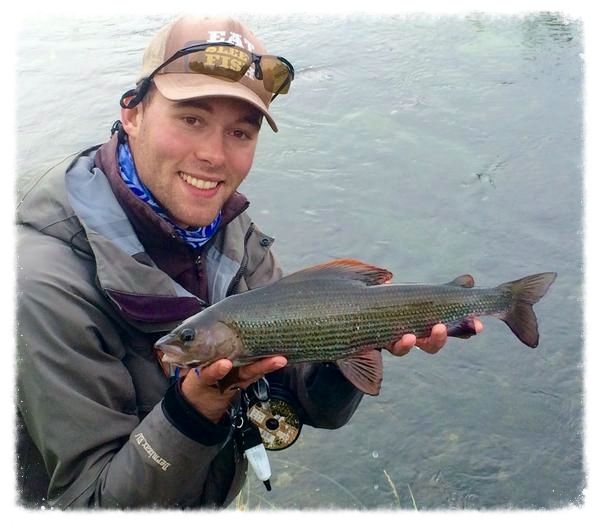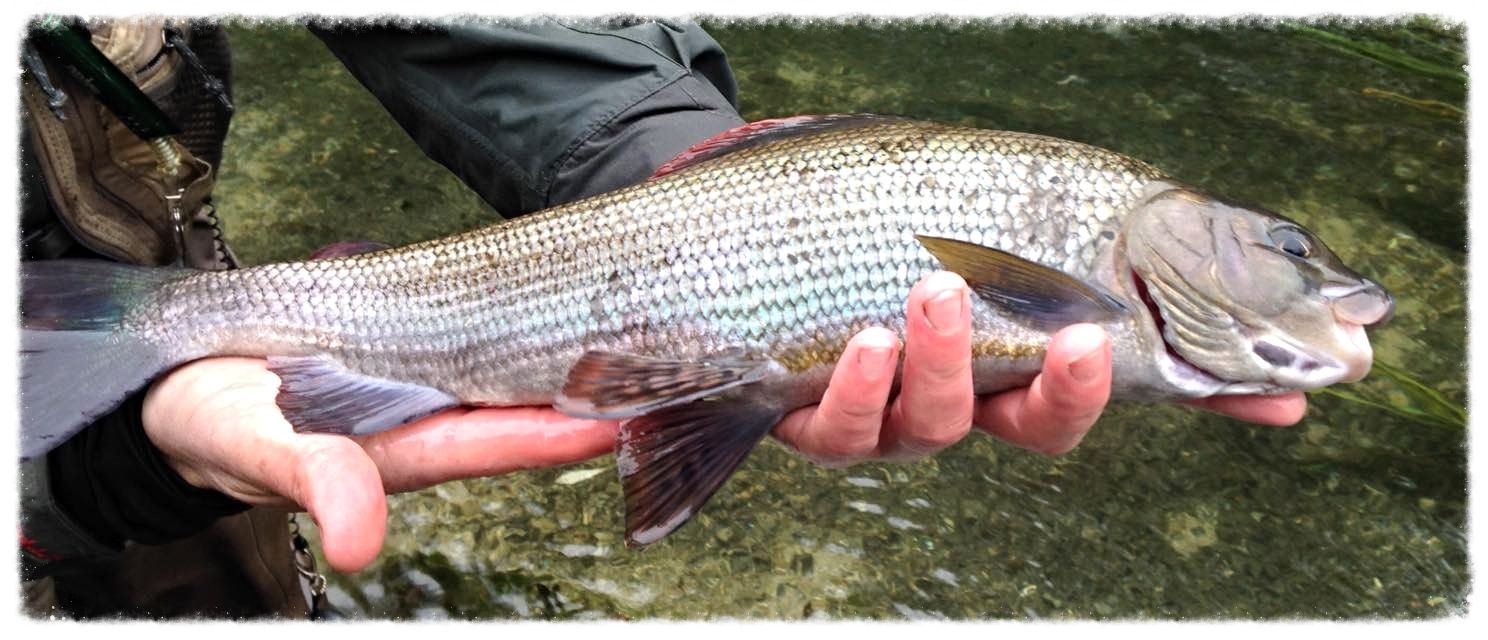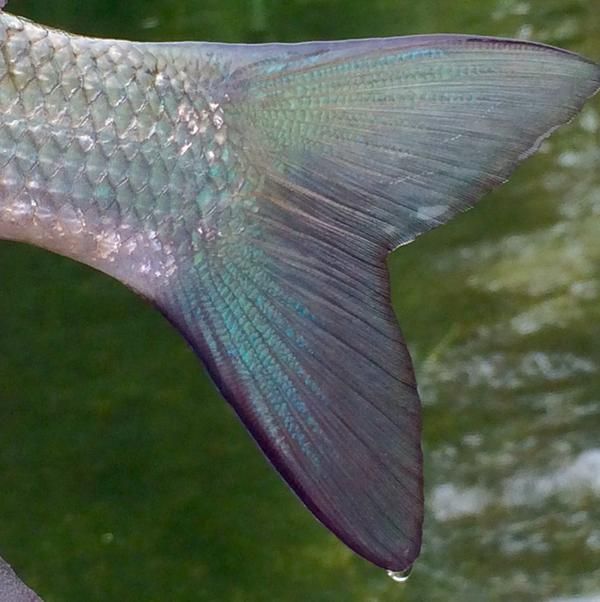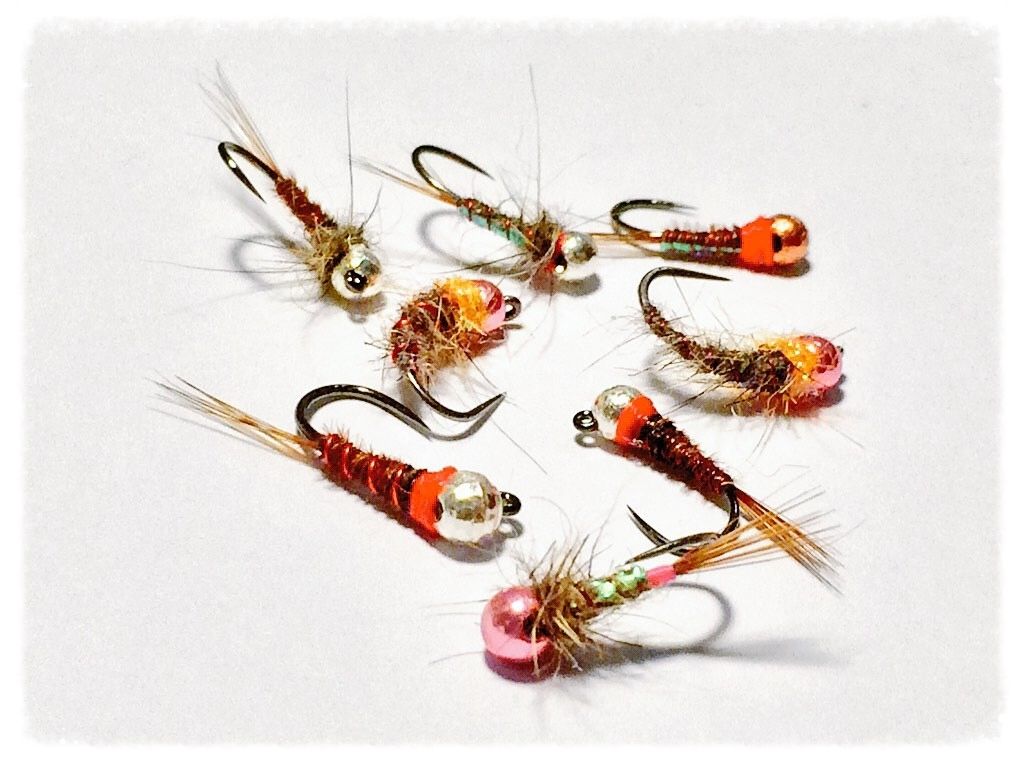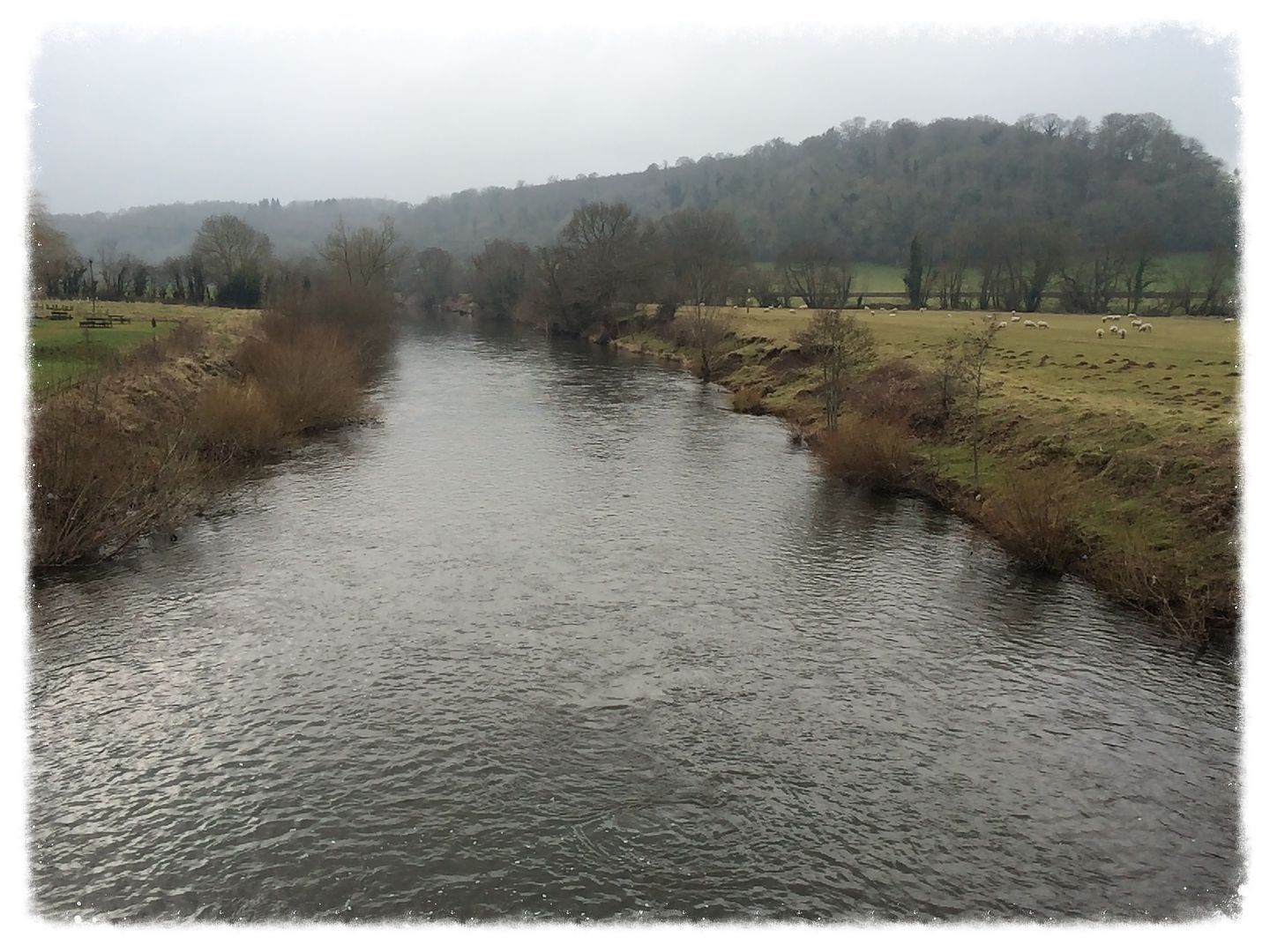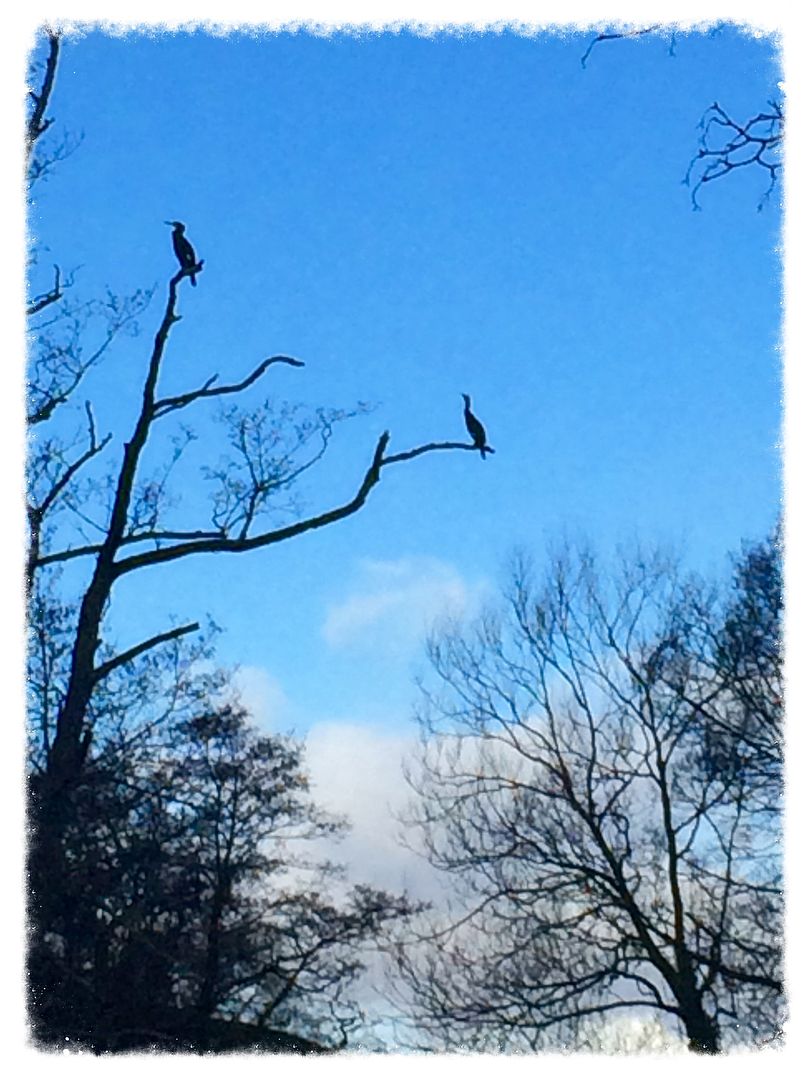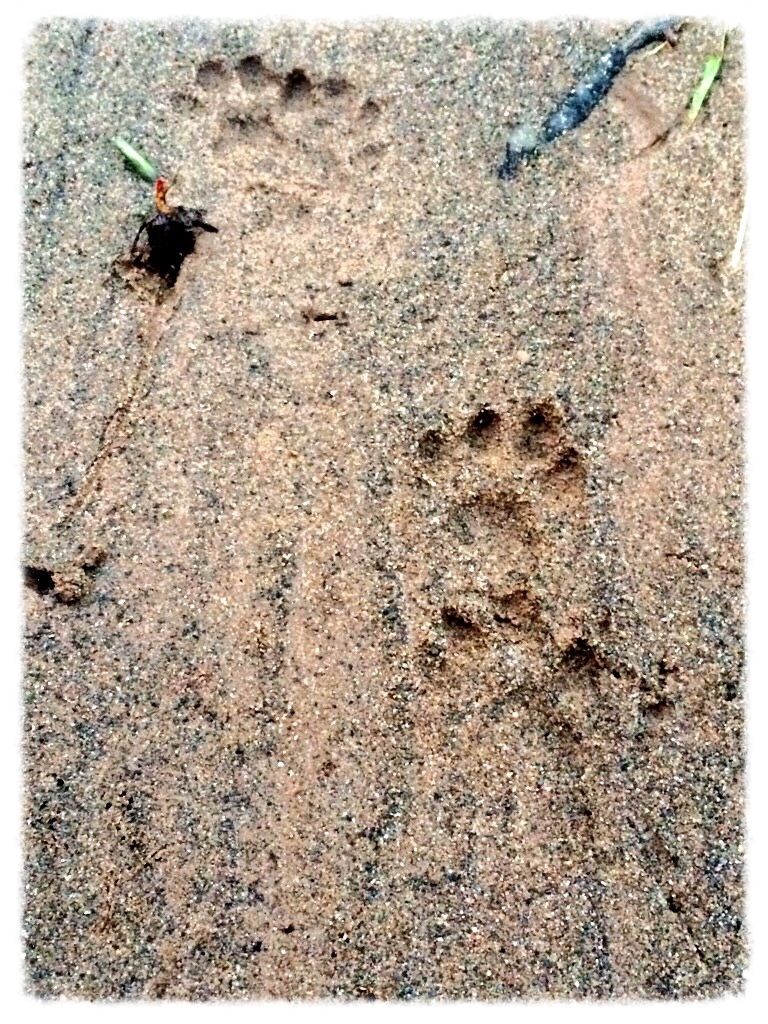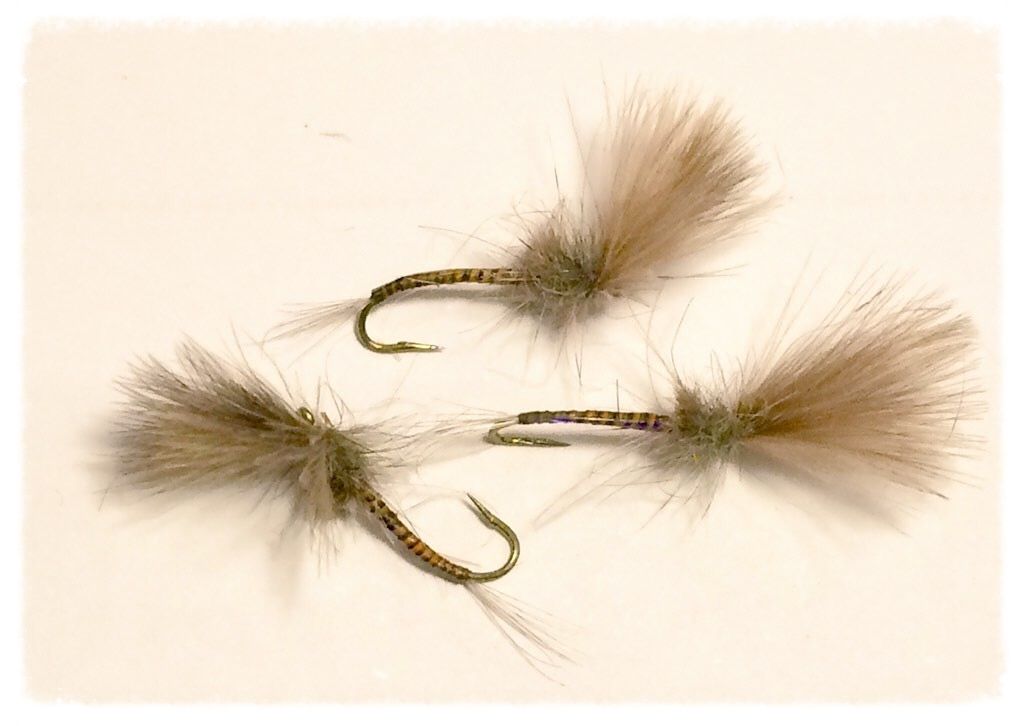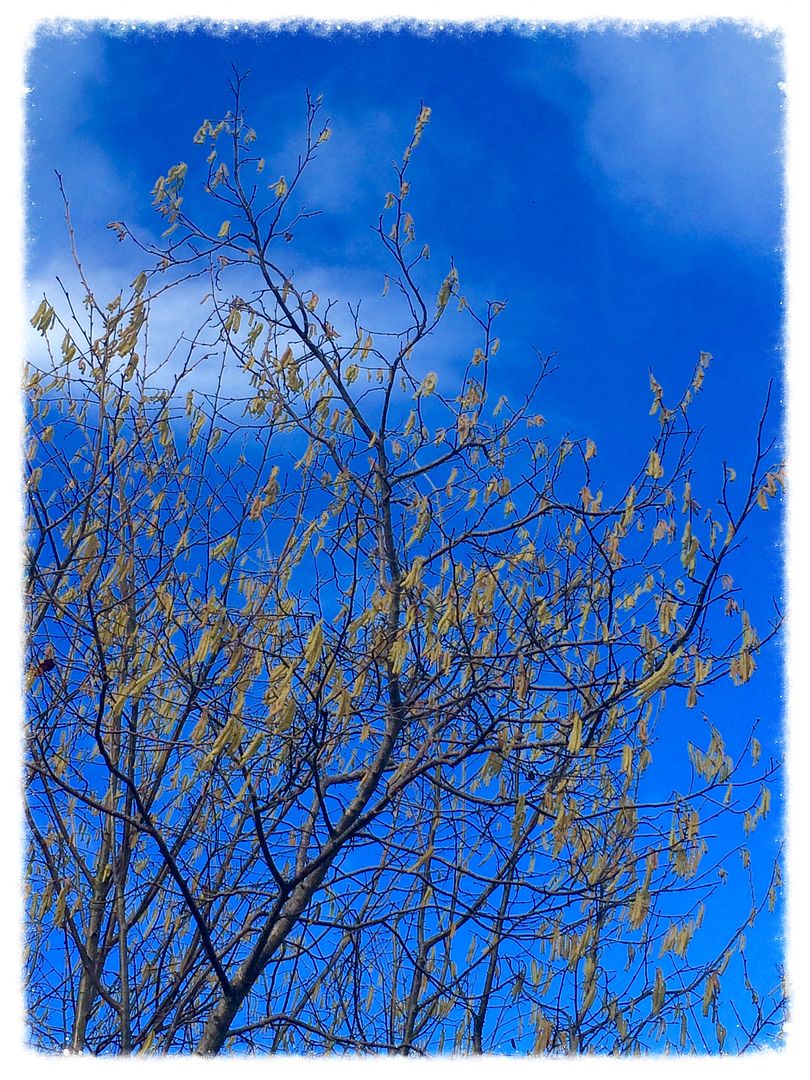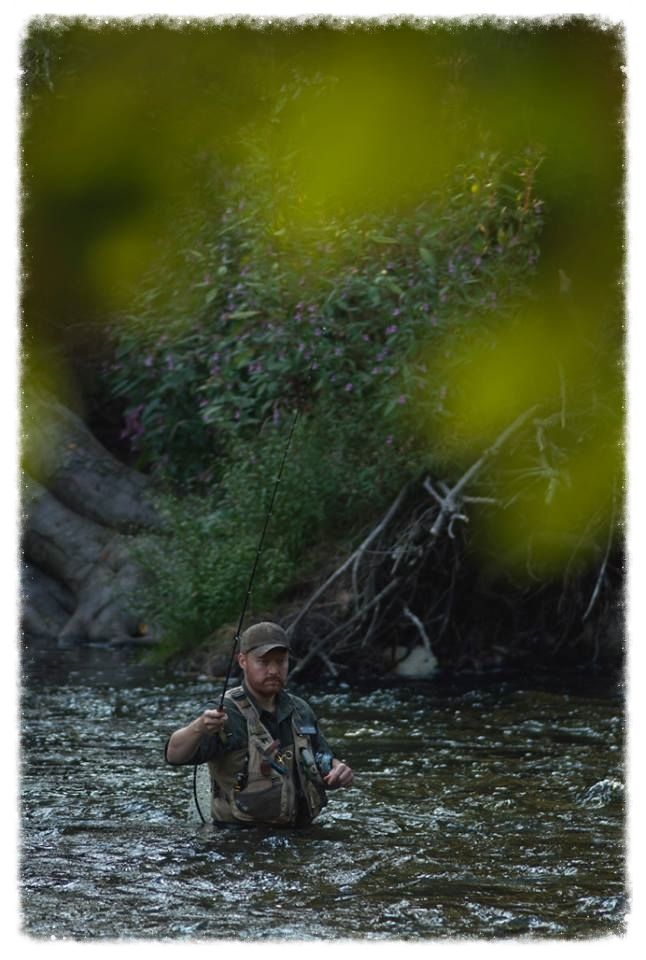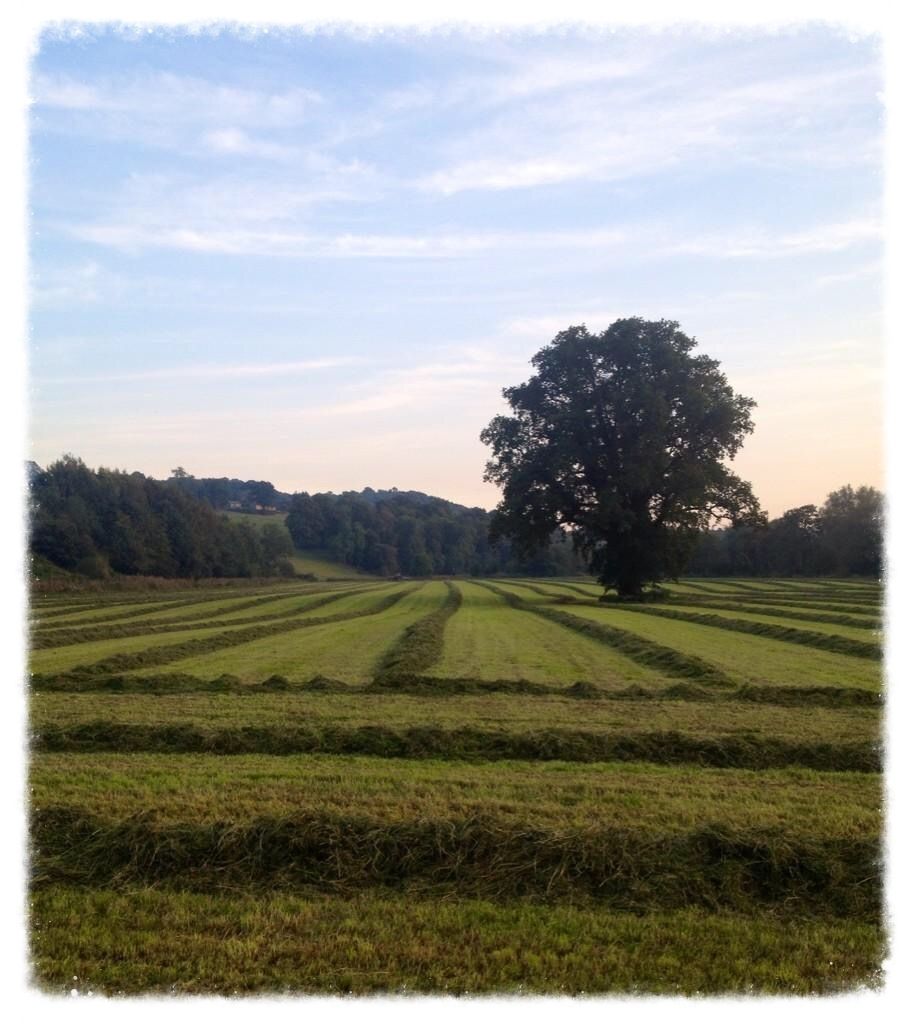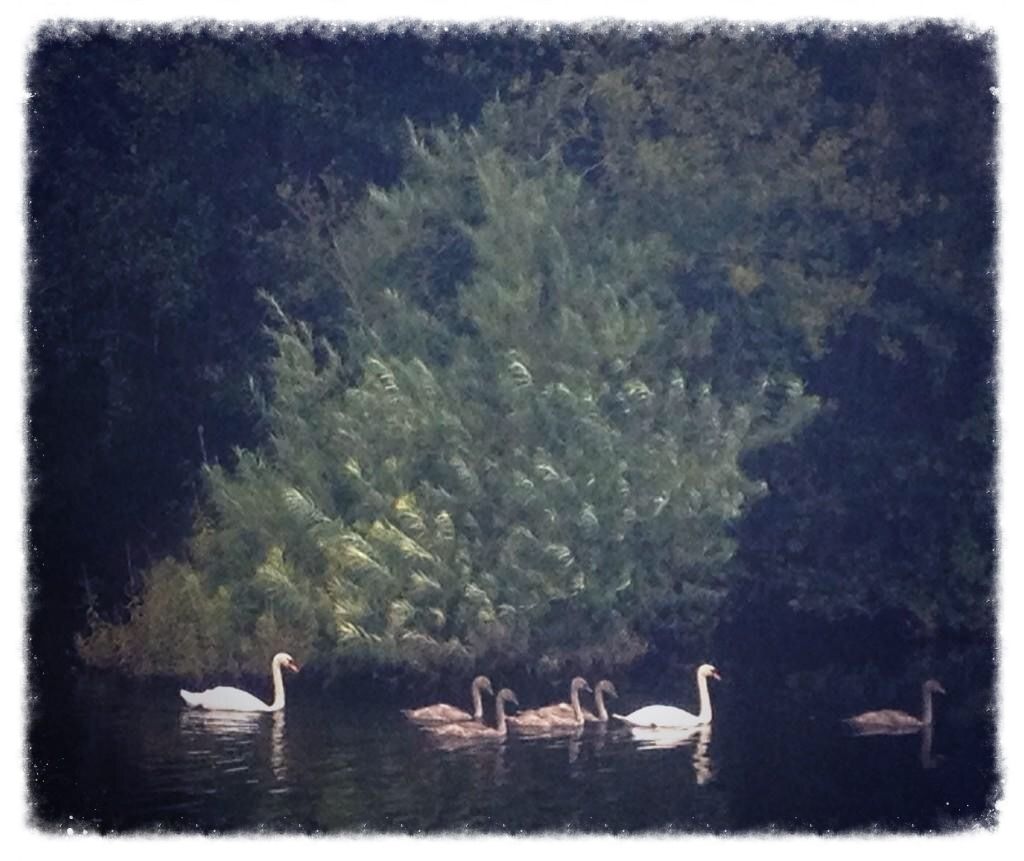At the risk of repeating myself, it’s been a while since my last entry.
Short on time, I've been forced to make the choice between fishing, tying flies
and blogging - my fly boxes are also sparsely populated at the moment.
Early Riser
We start early on the Usk and unlike last year the river was relatively low throughout
March and April. As such, it was fishable for long periods but, during the driest
April I can remember, the fish population suffered (more on this in another
entry).
The first few weeks of March saw me taking the rod
for a walk along the banks of the Lower Middle Usk in search of post meridian risers.
I found a few but, in hindsight, time would have been better spent upstream.
When I did venture above Abergavenny I caught more, including
one warm day where I caught my last fish at nearly 5pm.
Large Dark Olives (LDOs) have been less prolific in
the last few years, but the March Brown (MB) hatch has steadily improved. Most sustained LDO feeders were witnessed on drizzly, windless afternoons (perfect conditions) where large numbers of duns were fixed to the surface.
Missing in Action
The first March Brown hatch I observed provided a harsh
reminder of how quickly the angler needs to react. I saw a couple of big
fish rising for MBs every twenty seconds and slowly moved in to
cover the rear fish. By the time I was in position the hatch was over.
|
|
Wasting no time: Dave Wiltshire approaching a rising fish
|
The isolated nature and short duration of MB flurries means
that, to increase the chances of coinciding with one, unless you know the water
intimately, it’s best to keep moving. This tactic worked well one session on
the Upper Usk with Nicholas Steadman; we walked a one mile beat, top to bottom,
eight times. During that day we managed to locate four or five large emergences that lasted up to ten minutes. The largest occurred mid-afternoon and
the fish responded in the most spectacular fashion I have witnessed.
|
|
In the surface: March Brown
|
As we approached the top of the beat we noticed huge numbers (probably hundreds) of March Browns hatching in a fast run at the head of a pool and riding the rapids downstream to fixated trout. They were
so preoccupied that Nicholas and I, stood in ankle-deep water twenty meters apart, caught trout from directly in between us.
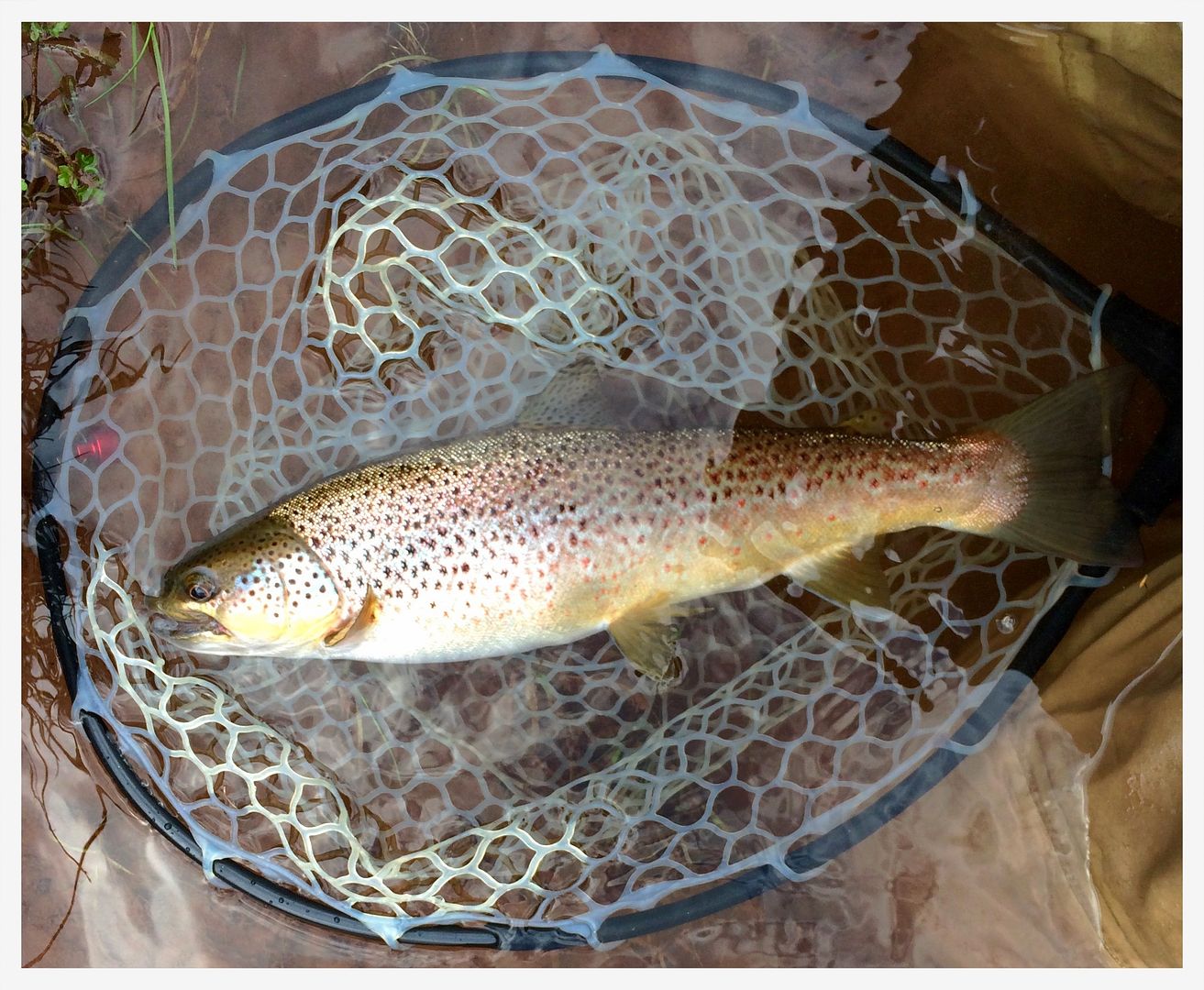 |
Caught in 20cms of water
|
As the hatch peaked, we noticed a huge commotion at the pool
head and were astounded by what was unfolding. An up-welling to the side of the
bridge had concentrated the newly hatched MBs into an area of flat swirling water no bigger than three or four square meters. These sitting ducks were
being frantically snatched by numerous trout in a feeding frenzy more akin to a
shoal of piranha! I took out my phone to start filming, but the excitement
was too much and I continued fishing. This was the right choice as the hatch
petered out within the next five minutes.
|
|
Upper Usk March Brown feeder
|
The difficulty in catching MB feeders is more in
understanding and locating the hatch than hooking the fish. Size is important
and I have noted that the fish respond far more readily to a size 12 than a
size 14 dun pattern.
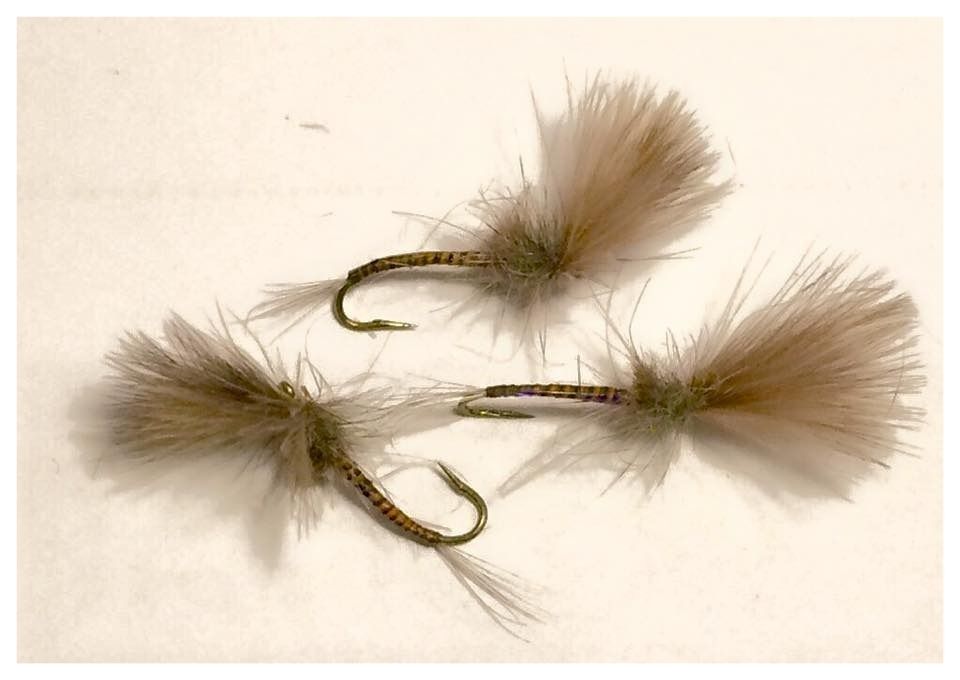 |
| Emergers |
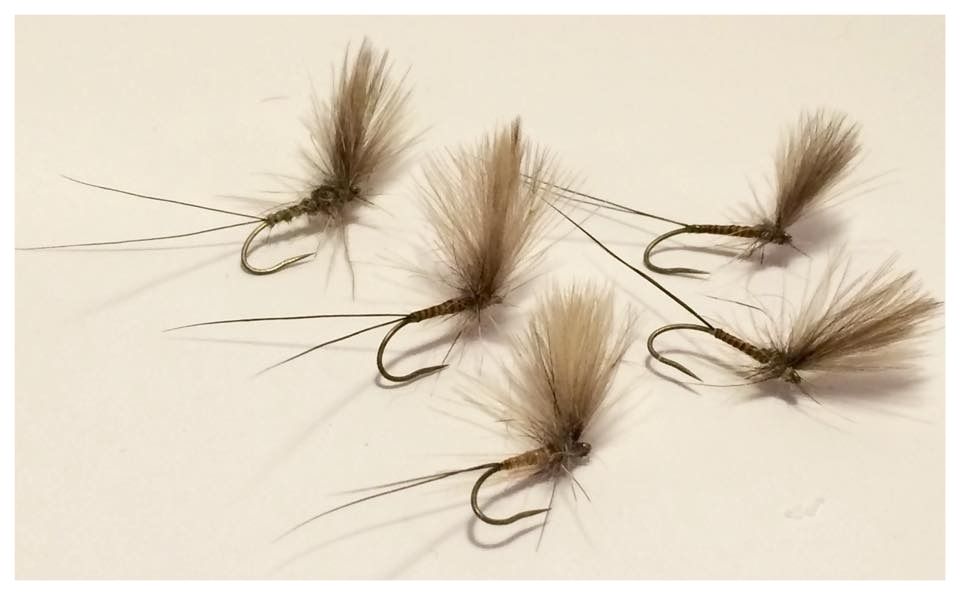 |
| Duns |
As already alluded to, being prepared is essential and in
my case, the fly needs to be attached to the tippet, as by the time I attach an
emerger or dun imitation with shaking hands, I usually miss the best part of
the hatch!
 |
Returning a March Brown feeder (pic courtesy of Dave Wiltshire)
|
Resurgence
During March and early April, reports of these prolific MBs attracted
anglers from throughout the UK. If they continue to improve, then more and more
anglers will follow Oliver Kite's example in fishing the early season Usk.
 |
Bryn Derwen March Brown Feeder
|
I’m told by the more experienced (older) Usk fishermen that forty years ago the river would boil with MB feeders and that the flies all but disappeared
from the river in the early eighties. To my knowledge, MBs were not recorded (in any number) on
the Usk for decades. I’ve discussed the reasons for the revival
with numerous anglers and ecologists; some attribute it to
agricultural practices, particularly the use of organophosphate based sheep
dips. I don’t know, but what I am sure of is that this majestic Heptageniida is making
a welcome comeback.
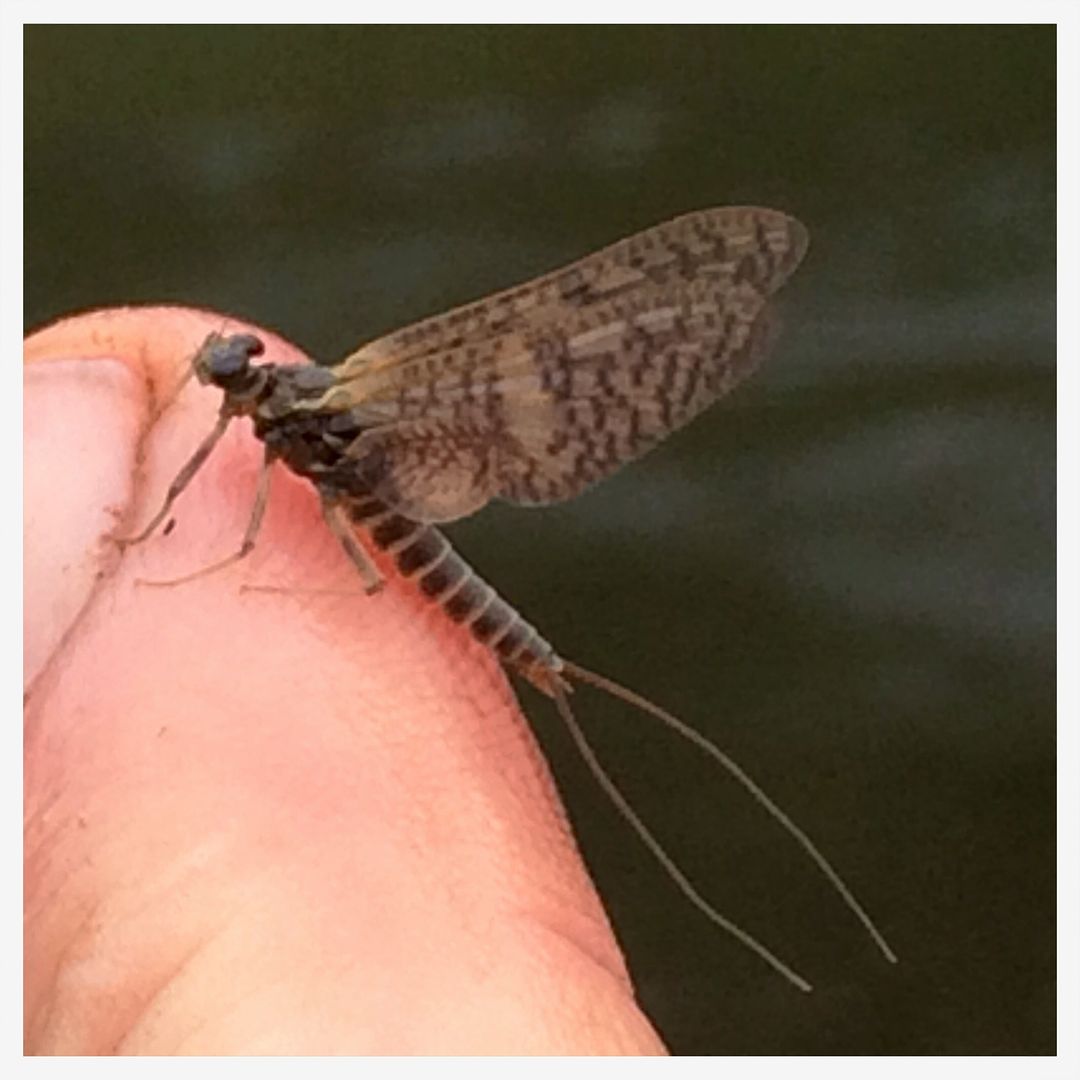 |
| Rhithrogena germanica |


